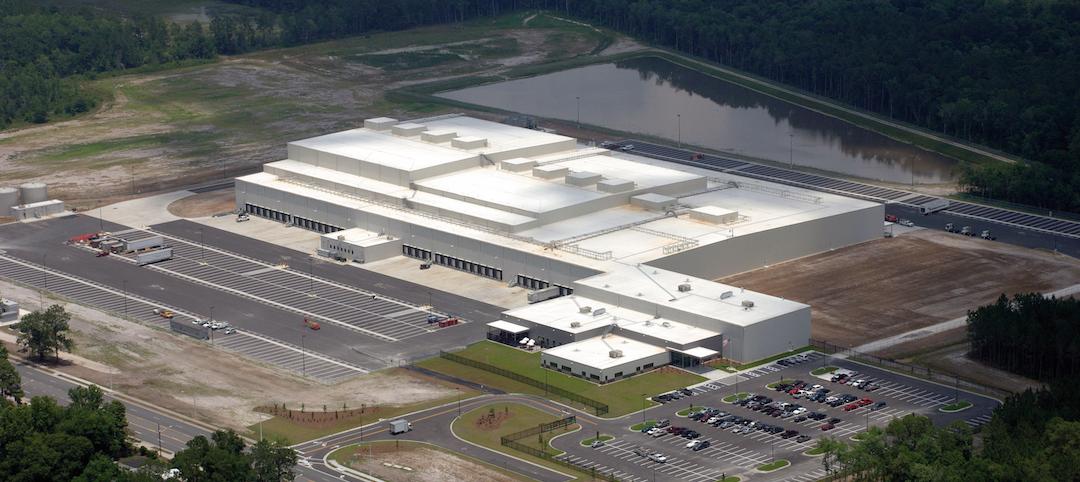Construction employment stalled in June as more former construction workers left the industry, according to an analysis of new federal data released by the Associated General Contractors of America. The lack of current job openings, along with the departure of experienced workers, suggests a potential skilled-labor shortage may be developing, construction association officials warned.
“Employment in the construction industry has fluctuated within a very narrow range—1% above or below the June level of 5.5 million—for more than two years now,” said Ken Simonson, the association’s chief economist. While the latest figure was 14,000 higher than one year earlier, the June 2012 total was just 2,000 higher than in May and in June 2010. “Construction employment has essentially been stagnant for much of the past two years.”
Meanwhile, the unemployment rate for former construction workers fell to 12.8%, the lowest June rate since 2008 and much better than the 15.6% rate in June 2011 or the 20.1% rate in June 2010, Simonson noted. He added that over the past two years nearly 750,000 experienced workers have either found jobs in other industries, returned to school, retired or otherwise left the workforce. “It will be hard for construction firms to get those skilled workers back when demand picks back up.”
There was little difference among construction segments in terms of recent job gains or losses, Simonson noted. Residential construction added 1,700 total jobs in June and 8,900 (0.4%) over 12 months. Nonresidential construction firms lost 600 jobs in June but added 4,300 (0.1%) over 12 months.
Within the residential segment, residential specialty trade contractors added 7,600 jobs for the month and 14,100 (1.0%) over the past year, reflecting ongoing strength in multifamily construction. In contrast, residential builders—mostly single-family homebuilders—lost 5,900 positions in June and 5,200 (-0.9%) over 12 months.
Nonresidential job gains for the year were concentrated among nonresidential building contractors, which lost 1,000 jobs in the latest month but added 4,300 (0.7%) over 12 months. Heavy and civil engineering construction firms shed 2,000 jobs in June and 1,800 (-0.2%) in the past year. Nonresidential specialty trade contractors boosted employment by 2,400 since May but only 1,800 (0.1%) since June 2012.
Association officials noted that one bright spot for the industry was the 27-month highway and transit bill the president is signing into law today. They said the legislation includes many significant reforms that will allow more existing transportation funds to be invested in highway and transit construction projects, as opposed to unrelated programs.
“This measure will certainly help staunch the decline in construction employment among highway and transportation builders,” said Stephen E. Sandherr, the association’s chief executive officer. “Congress understands that investing in infrastructure is one of the best ways to support growth within the private sector.” +
Related Stories
Architects | Sep 11, 2019
Buoyed by construction activity, architect compensation continues to see healthy gains
The latest AIA report breaks down its survey data by 44 positions and 28 metros.
Multifamily Housing | Sep 10, 2019
Carbon-neutral apartment building sets the pace for scalable affordable housing
Project Open has no carbon footprint, but the six-story, solar-powered building is already leaving its imprint on Salt Lake City’s multifamily landscape.
Giants 400 | Sep 9, 2019
Top 70 Industrial Sector Architecture Firms for 2019
AECOM, Stantec, Ware Malcomb, FSB, and Macgregor Associates top the rankings of the nation's largest industrial sector architecture and architecture engineering (AE) firms, as reported in Building Design+Construction's 2019 Giants 300 Report.
Giants 400 | Sep 9, 2019
2019 Industrial Sector Giants Report: Managing last mile delivery
This and more industrial building sector trends from Building Design+Construction's 2019 Giants 300 Report.
Codes and Standards | Sep 9, 2019
Free app calculates maximum allowable heights and areas for buildings
A free app that calculates the maximum allowable heights and areas for buildings of various occupancy classifications and types of construction has been released.
Retail Centers | Sep 6, 2019
Another well-known retailer files for bankruptcy: Here's the solution to more empty anchor stores
Where can you find the future of retail? At the intersection of experience and instant gratification.
Giants 400 | Sep 5, 2019
Top 110 Hotel Sector Architecture Firms for 2019
Gensler, WATG, HKS, HBG Design, and Steelman Partners top the rankings of the nation's largest hotel sector architecture and architecture engineering (AE) firms, as reported in Building Design+Construction's 2019 Giants 300 Report.
Architects | Sep 5, 2019
AIA launches landmark initiative to drive climate action
AIA Board of Directors approves member-led resolution to rally architects in mitigating and adapting the built environment.
Giants 400 | Sep 3, 2019
Top 140 K-12 School Sector Architecture Firms for 2019
DLR Group, PBK, Huckabee, Stantec, and VLK Architects top the rankings of the nation's largest K-12 school sector architecture and architecture engineering (AE) firms, as reported in Building Design+Construction's 2019 Giants 300 Report.
Market Data | Sep 3, 2019
Nonresidential construction spending slips in July 2019, but still surpasses $776 billion
Construction spending declined 0.3% in July, totaling $776 billion on a seasonally adjusted annualized basis.

















